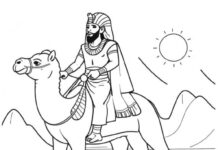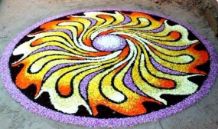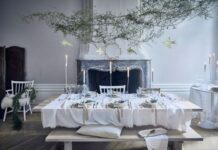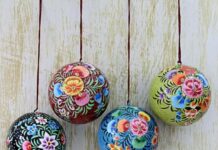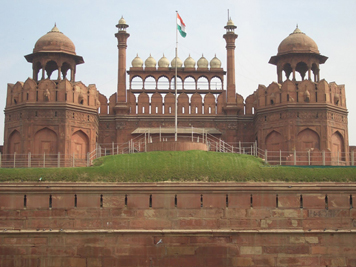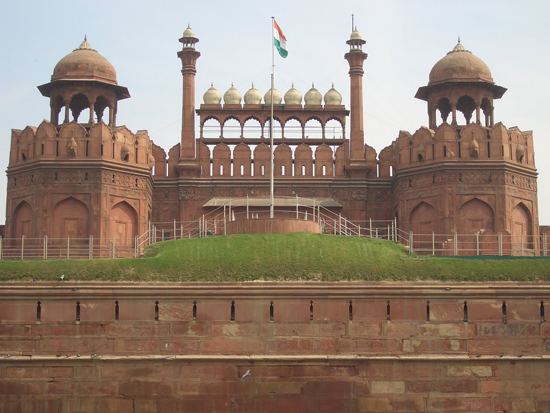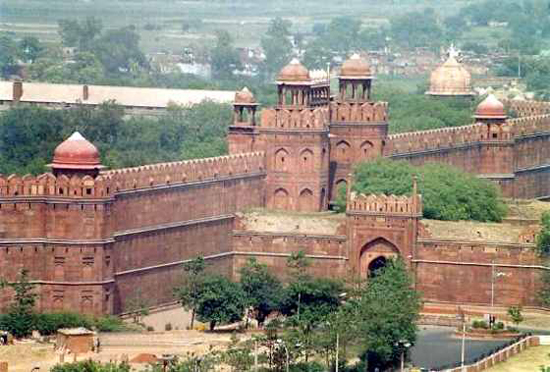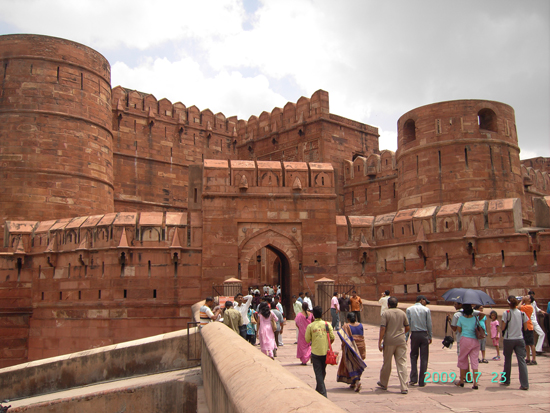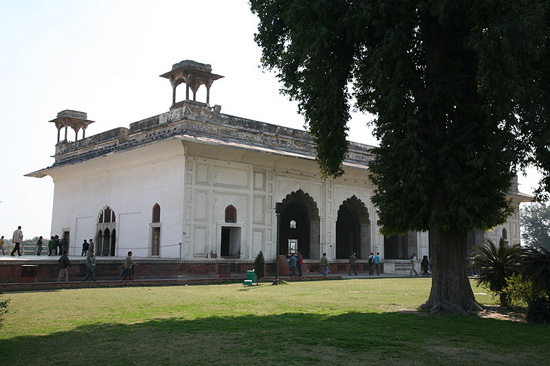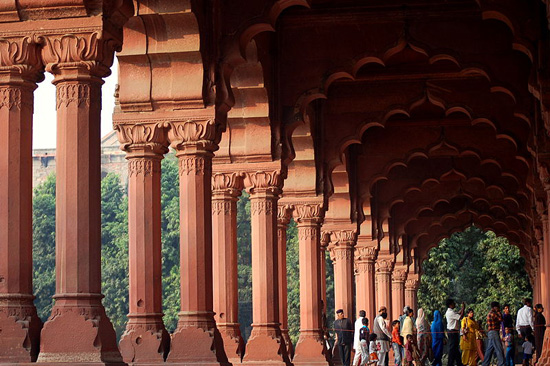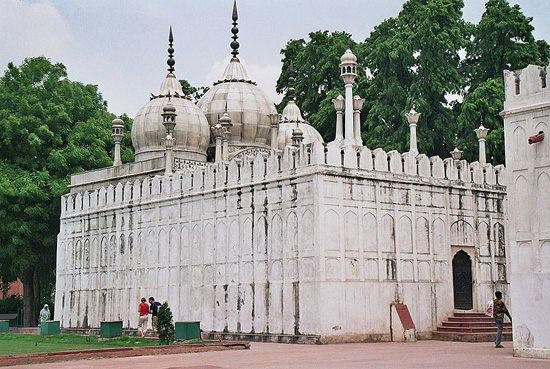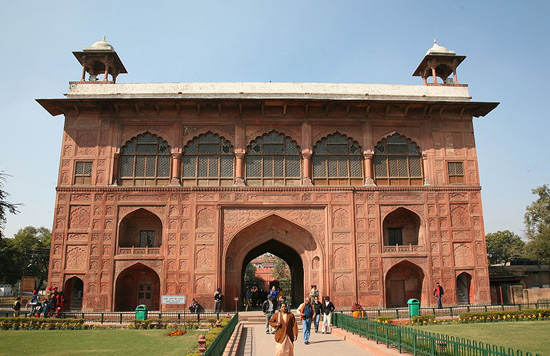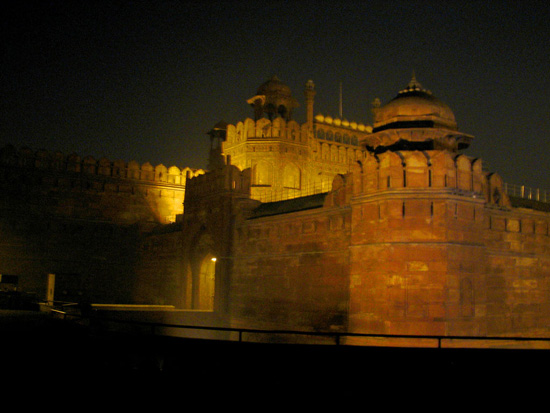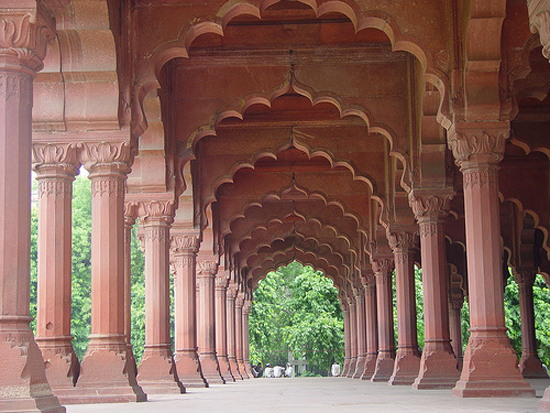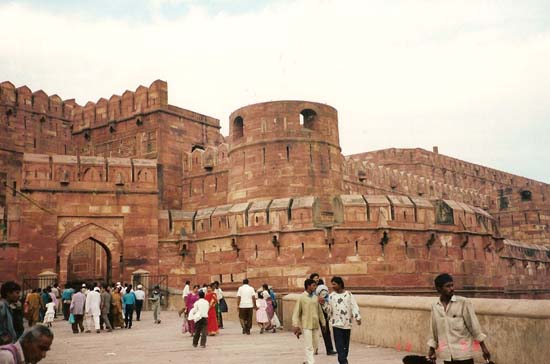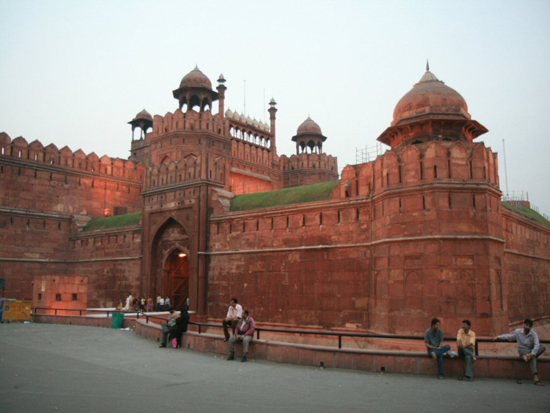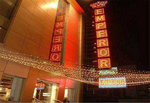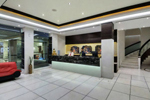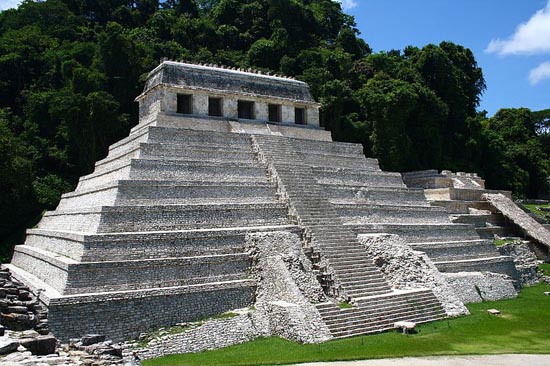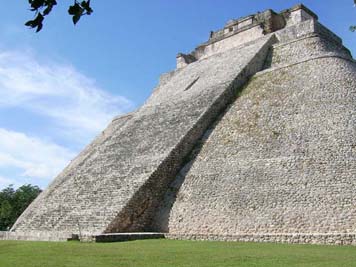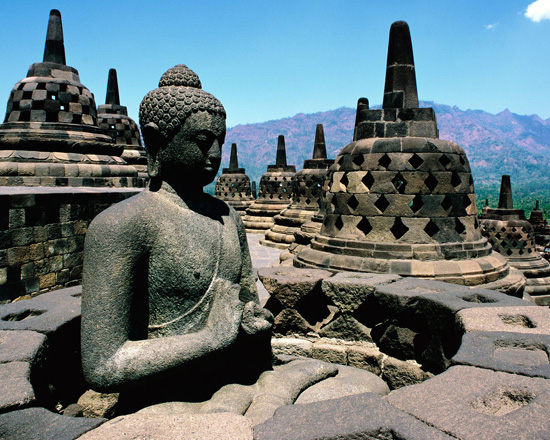It is a historical fort in the walled city of old Delhi ,considered as a forgotten wonder and a heritage site . Red Fort or Lal Quila as it is more popularly known is a masterpiece of architecture and one of the most haunting spots for tourists from both India and abroad. The Red Fort stands on the western bank of the river Yamuna. Built by Shahjahan -the Mughal King who also built the famous Taj Mahal – in 1648. Mughal Emperor Shahjahan started construction of the Red Fort in 1638, which was completed in 1648. Shahjahan shifted his capital from Agra to Delhi and Red Fort was the new capital. The fort is octagonal in shape, like most Islamic buildings in India. The north of the fort is connected to the smaller Salimgarh fort. The Red Fort is an intimidating structure. The colossal walls are 20 feet high covering a perimeter of 2.41km. And the whole fort is encircled by a fetid moat. Amar Singh gate towards the south is the only entry point in the fort. It measures 900m by 550m, with its rampart walls It towers at a height of 33.5m.
The fort contains – halls of public and private audience, domed and arched marble palaces, once embedded with precious stones, plush private apartments ,a market place where the royalty used to shop, , a mosque and elaborately designed gardens with marbled fountains, gardens with marbled fountains, plazas, baths etc. Even today, the fort continues to be impressive evidence to Mughal grandeur.
There are 15 distinct structures within the fort, besides the Lahori Gate, the main entrance point of the fort, leading to Chatta Chowk. The entry point is the Hathipol (elephant gate), where the king and his visitors would dismount from their elephants.
Important buildings and other structures inside the fort of red fort:
The Mumtaz Mahal:
(now a museum) The museum contains reminiscence of the great Mughal era, the costumes and the pictures of the Mughal era.
The Rang Mahal :
The Rang Mahal or the ‘Palace of Colours’ as it is known, The palace belonged to Padshah Begum. It holds a spectacular Lotus shaped fountain, made out of a single piece of marble. The palace which has been famous for its gilded, decorated ceiling made with gold and silver which wonderfully reflected in a central pool in the marble floor, fed by the Nahr-i-Behisht, decorated with excellent paintings, gold bordered projections, and mosaics of mirrors . And housed the Emperor’s wives and mistresses.
Diwan-i-Am :
The Fort also houses the Diwan-i-Am or “the Hall of Public Audiences”, which is a large open space, which originally served as the courtyard where the Emperor would sit on a marbled paneled alcove, studded with gems and hear complaints of the common folk. The columns were painted in gold and there was a gold and silver railing separating the throne from the public.His alcove in the wall was marble-paneled, and was set with precious stones, many of which were looted, after the Mutiny of 1857.
Diwan-i-Khas :
The Diwan-i-Khas is”the Hall of Private Audiences”, it was made only for public meetings.where the Emperor held private meetings. a pavilion clad completely in marble, , and its center-piece used to be the “Peacock Throne”, which was carried away to Iran by Nadir Shah in 1739. the pillars are decorated with floral carvings and inlay work with many semi-precious stones.Today, the Diwan-i-Khas is only a pale shadow of its original glory.
The Hamam:
The other attractions enclosed within this monument are the hammams or the Royal Baths.
Moti Masjid or the Pearl Mosque:
Is one of the most stunningly beautiful mosques in India. The white marble structure built by Shahjahan for his family members and court chiefs as a private mosque for Aurangzeb, Shah Jahan’s successor. was a later addition, built in 1659.It is a small, three-domed mosque carved in white marble, with a three-arched screen which steps down to the courtyard.
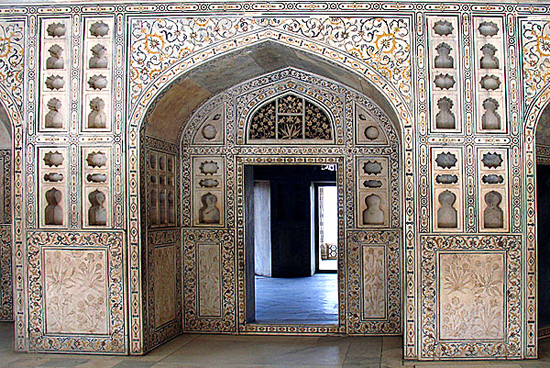 The Shah Burj:
The Shah Burj:
The Shahi Burj, which used to be Shahjahan’s private working area.
Naqqar Khana :
Is a term for a drum house or orchestra pit during ceremonies. The Naqqar Khana is 49 feet high with an open arched hall at the top which served as a music gallery from where the strains of music filtered down to welcome the Emperor or to bid him a safe journey. Was the main entrance and a pavilion where royal palanquins and other paraphernalia were placed.
Sound And Light Show:
A sound and light show is held every evening describing Mughal history is a tourist attraction in the evenings., both in Hindi and English.
Every year, on the 15th of August, the National Flag of India is hoisted at the Red Fort by the Prime Minister, celebrating India’s independence.
Being among the top tourist destinations of Delhi, Red Fort has a lot to offer to the visitors. There are many things that can only be seen and witnessed.
Hotels in the region:
Check availability, maps, photos and reviews before traveling, and book at the guaranteed lowest price.
Grand Godwin 
Country : New Delhi
Location: 40-minute drive from Indira Gandhi International Airport.
Rate: start INR 2100
Hotel Rooms:39.
Hotel Emperor Palms 
Country New Delhi
Location:in the heart of New Delhi City
Rate: start INR 3200
Hotel Rooms:20.
Hotel Godwin Deluxe 
Country in New Delhi
Location: 24 km from Indira Gandhi International Airport
Rate: start INR 3500
Hotel Rooms:26.






